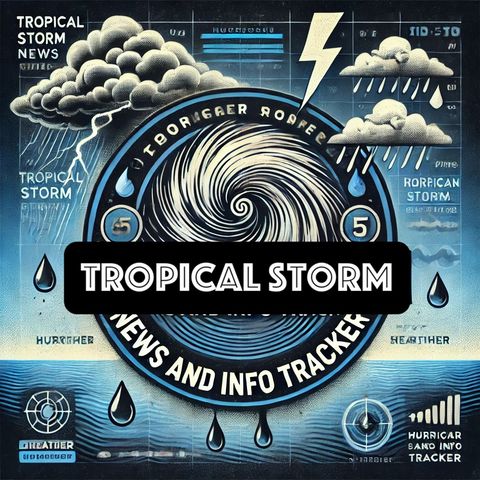18 NOV 2024 · Tropical Storm Sara, after making landfall in Belize, has weakened into a tropical depression. This meteorological event, initially designated as a tropical storm, touched down late on Saturday, bringing significant weather changes to the region. Forecasters reported Sara’s decrease in intensity as it moved over land into Potrerillos, Honduras, indicating a swift transition into a tropical depression status by Sunday.
Before weakening, Tropical Storm Sara prompted meteorologists to issue alerts and precautionary measures across regions in its projected path. The storm initially carried substantial wind speeds and heavy rainfall, characteristics typical of tropical storms that threaten to disrupt daily life and cause environmental damage. Rainfall associated with tropical storms like Sara often leads to concerns over potential flooding and landslides, especially in areas with less drainage infrastructure or prone to natural disasters.
Belize, located in the convergence zone of such tropical weather systems, received substantial rainfall. Local authorities in cooperation with meteorologists closely monitored the situation, ensuring public safety by alerting communities potentially affected by the storm. These precautions are critical in minimizing the impact of such weather phenomena, and they play a fundamental role in disaster preparedness and management.
Sara's rapid transformation into a tropical depression marks a decrease in wind speeds and a diminished potential for widespread destruction but keeps the threat of heavy rainfall alive. While wind damage becomes less of a concern in a depression, substantial rainfall can still lead to localized flooding. Forecasters continue to observe the path and behavior of Sara as it progresses further inland to fully understand its effect on the region and adjust existing weather advisories accordingly.
The resilience of infrastructures and communities in Belize and surrounding regions is often tested by such storms, underlining the importance of ongoing meteorological observations, government preparedness, and community cooperation. Learning from past experiences with tropical storms, the authorities enacted strategies such as emergency services readiness, public information dissemination, and deploying resources to potential emergency sites.
As the tropical depression advances, the challenges for the police and emergency responders will include management of any ensuing local floods and landslides. The solidarity and preparedness of the people living in the affected areas are crucial for ensuring minimal harm and facilitating a quick return to normalcy post-storm.
Tropical weather systems, like Storm Sara, serve as reminders of the dynamic and challenging nature of regional climates. The role of ongoing research and monitoring cannot be overstated as such data is vital for enhancing prediction models and, ultimately, for formulating effective response strategies. This storm season, the interplay between nature and human strategy once again underscores the importance of preparation and adaptation in face of unpredictable weather.


